Schools in the ’80s and ’90s had their own way of working, which included a mix of strange traditions, looser boundaries, and much more autonomy for teachers. Many classroom practices from that era would now raise serious concerns. Here are some school rules and customs from that time that wouldn’t be allowed today.
Grades Were Final

No one was given a second chance on tests or assignments. The grade was what you earned because retakes weren’t an option. Teachers didn’t bother adjusting scores, and guardians didn’t demand make-up work. This created real consequences, and students quickly learned what was expected if they wanted to pass.
Classrooms Ran with No Supervision
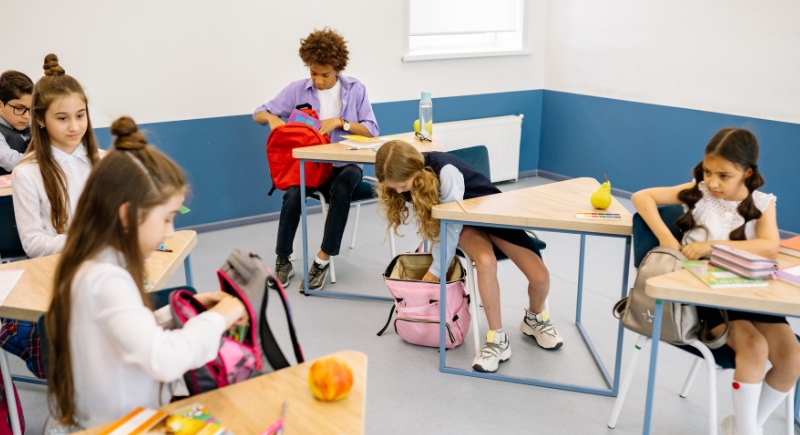
When teachers needed to run an errand or use the restroom, they walked out without warning. One student would be picked to monitor the class by writing names on the board. That was the entire system, which leaned heavily on fear of getting in trouble, and it usually kept the class in line.
Embarrassment Was Treated as Discipline
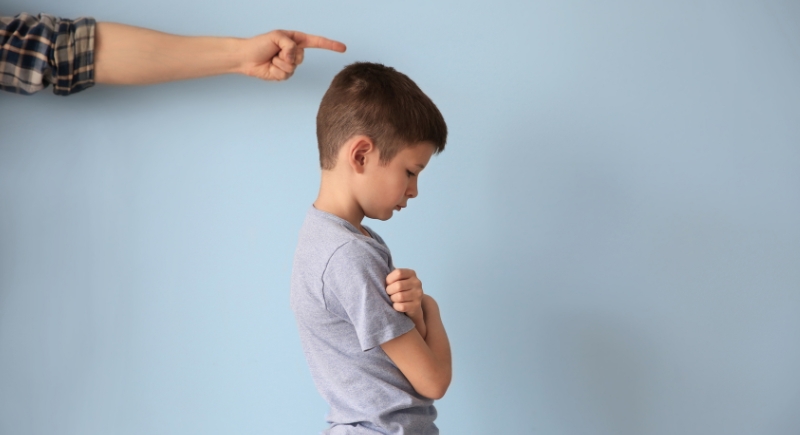
Instead of detention, teachers often relied on public humiliation. For example, passing notes could lead to a dramatic reading in front of the class. Meanwhile, a messy desk might be flipped out onto the floor with no prior indication. Some kids even had to stand with their noses pressed into a chalk circle.
Homemade Snacks Were Accepted
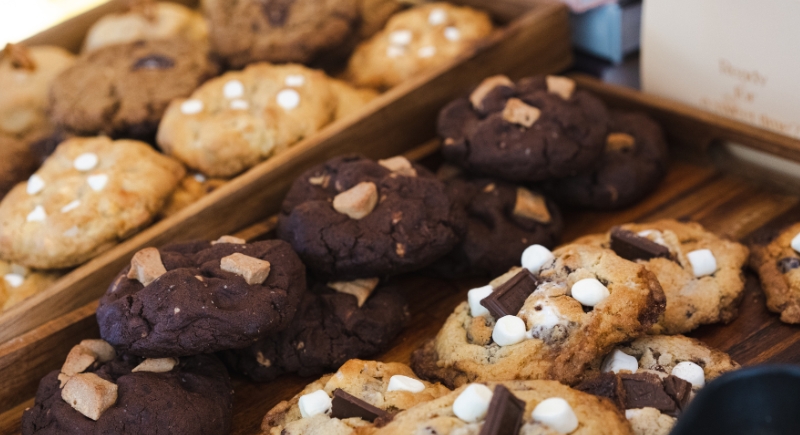
Parents regularly brought in cupcakes, cookies, or brownies for birthdays and holiday parties. No one screened for allergens or asked about ingredients. Pupils ate what was offered, and teachers rarely intervened. As food allergies became more common and liability concerns grew, schools phased out homemade items.
Rough Games Were Allowed at Recess
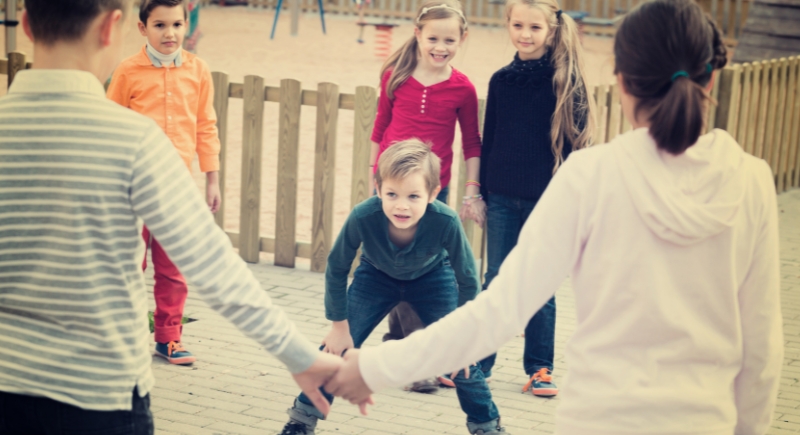
Games like Red Rover and Butts Up were flat-out dangerous. Kids slammed into each other at full speed, sometimes hitting the ground hard or leaving with sprained wrists and scraped faces. Adults didn’t step in unless someone was clearly hurt, and no one filled out accident reports.
Dusty Jobs Counted as Rewards
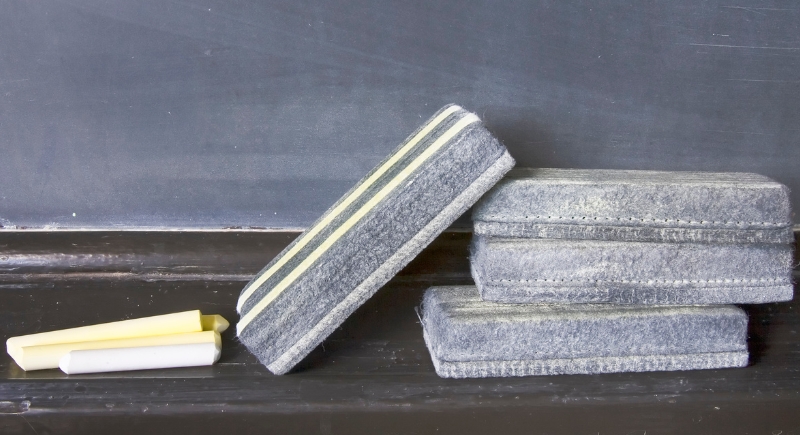
Getting picked to clap erasers outside was oddly satisfying. You got a short break from class and created clouds of chalk dust, which everyone found amusing. Chalkboards needed regular cleaning, and erasers clogged quickly with residue.
Slang Was a Teaching Strategy
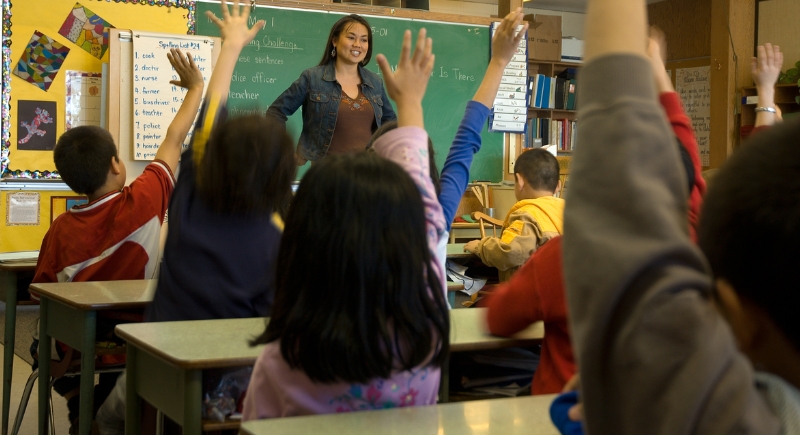
Some teachers thought dropping words like “rad” or “gnarly” into lessons would win students over. It rarely worked. Most kids just tried not to laugh. There wasn’t much training on how to talk to kids back then, so teachers mostly winged it, with mixed results and plenty of awkward silences.
Conferences Were One-Sided

Parent-teacher conferences were nothing like ordinary conversations. Teachers walked through missing assignments or behavior issues while parents listened quietly. Students sat there, bracing for whatever came next. There wasn’t much room to talk about how a child learned or what might be going on outside of school.
Fast Food Counted as a Prize
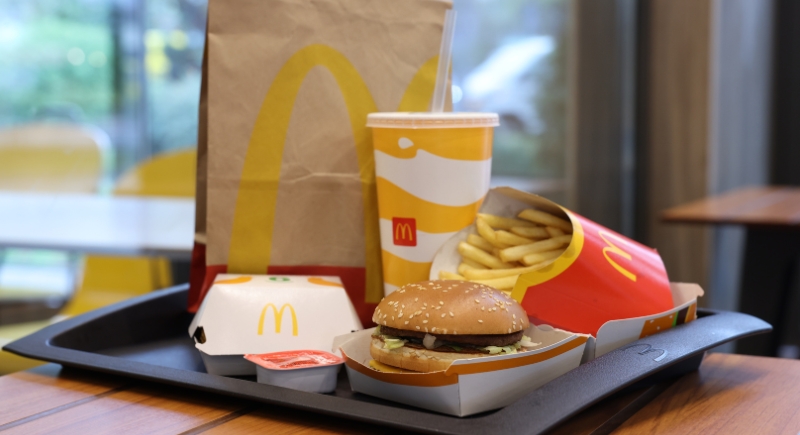
Teachers occasionally took students to McDonald’s to celebrate a good grade or achievement. These outings happened with guardian approval, but the teacher handled everything. Today, that would trigger liability concerns, but back then, it was considered generous and something worth bragging about at school.
Teachers Stayed at Their Desks
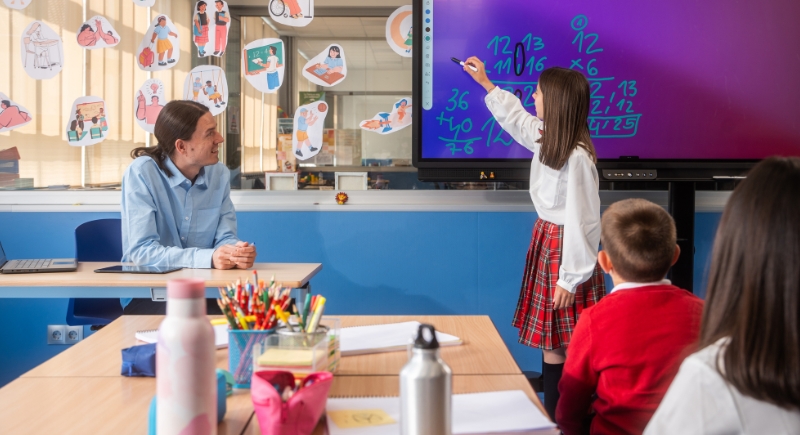
Many teachers spent most of the day at their desks. They gave lessons from a chair and let students come up one at a time with questions. Sometimes they asked the young ones to fetch items from their cars or bring drinks from the lounge. Movement and classroom engagement weren’t emphasized at the time.
Office Referrals Meant Real Trouble
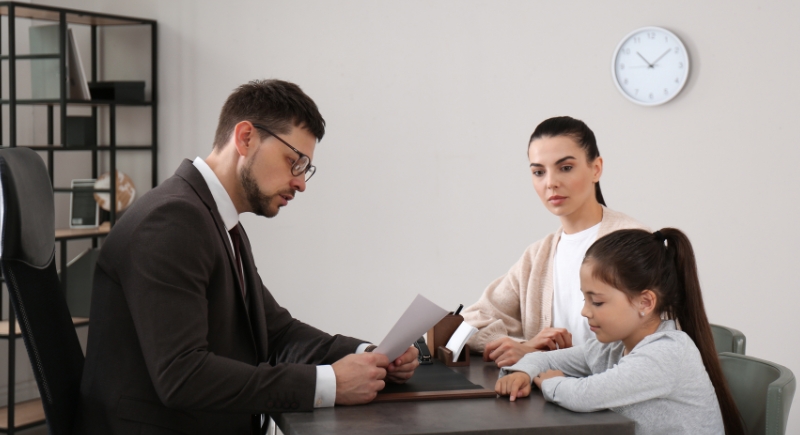
A trip to the principal’s office wasn’t taken lightly. It signaled that something had gone wrong, and everyone knew it. Principals handled discipline directly, and you would walk back into class already aware that your parents had been notified. The authority of the office was clear, and it was enough to keep many students in line.
Cursive Was Required
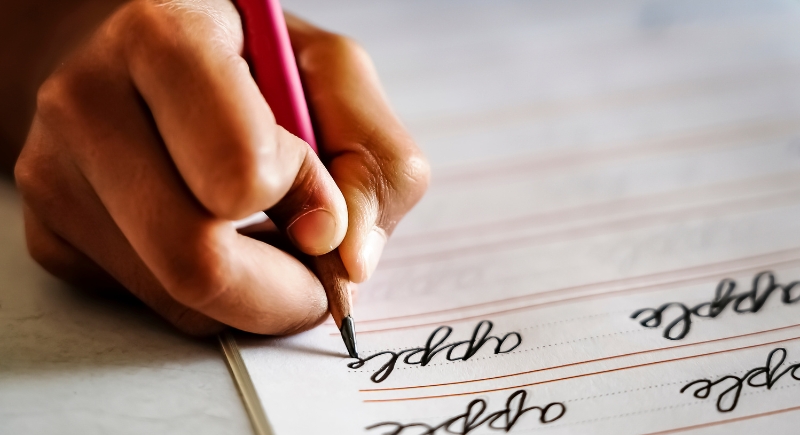
Back then, everyone learned cursive by second or third grade. Teachers expected you to write in script for most assignments, and sloppy loops could drop your grade. Kids spent whole afternoons practicing on lined paper. These days, most schools barely mention cursive.
Students Graded Each Other’s Work

Teachers had students swap quizzes and grade each other’s work. After checking the answers, you had to call out the score. Everyone in class heard your results, which often encouraged you to work harder next time. This may have saved time for teachers, but didn’t protect anyone’s privacy.
Kindergarten Focused on Play
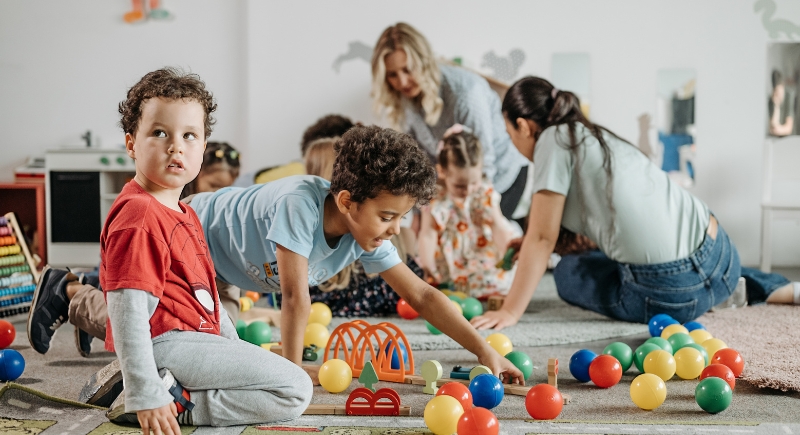
Kindergarten once prioritized social learning through play. Students napped, colored, and played with kitchen sets. Now, many kindergartners must meet reading benchmarks before first grade. The shift turned early education into structured lessons and assessments.
Smoking on Campus
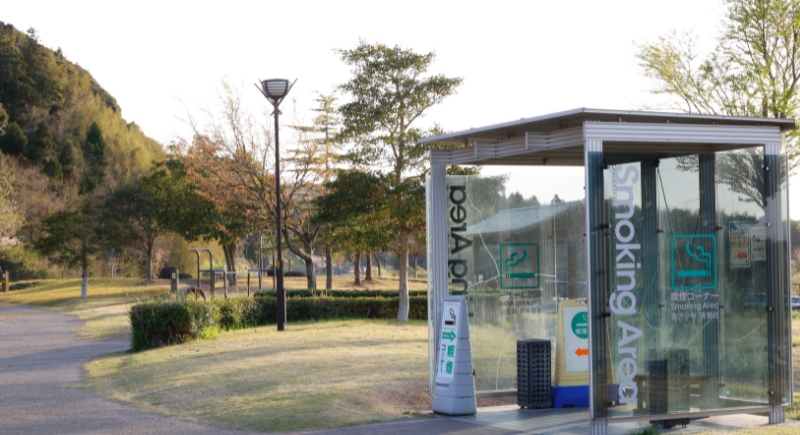
Schools had designated smoking areas, sometimes just a few steps from student hangouts. These spots were clearly visible, and it wasn’t unusual to see several staff members gathered during lunch with cigarettes in hand.